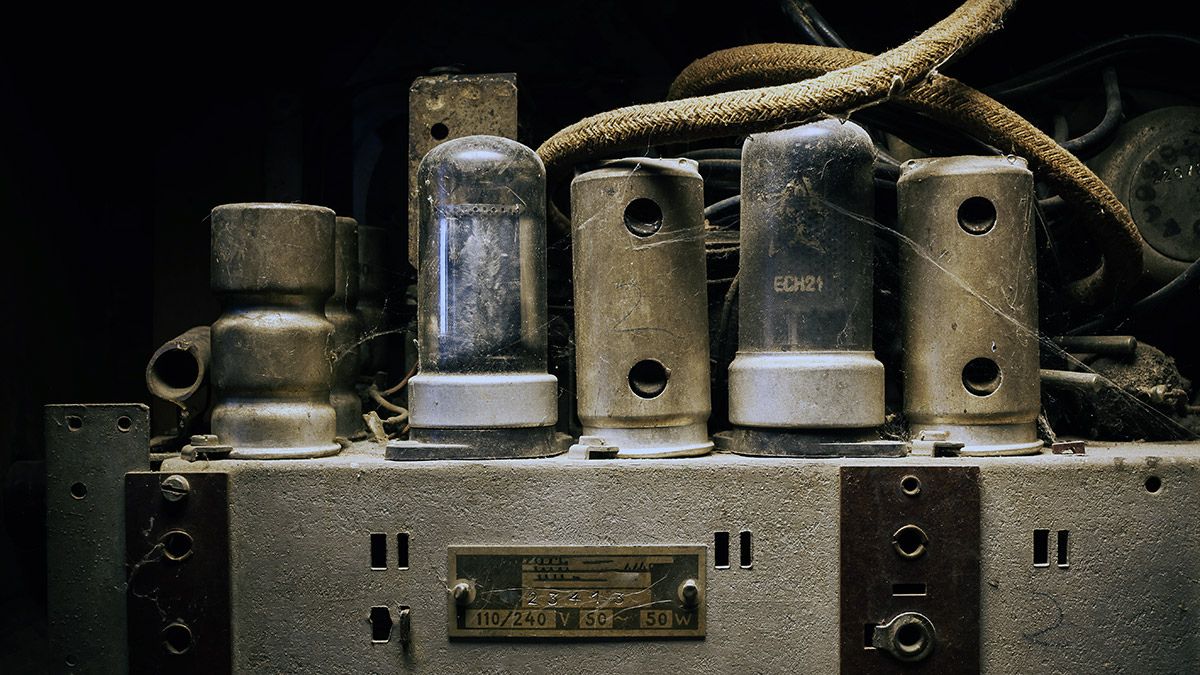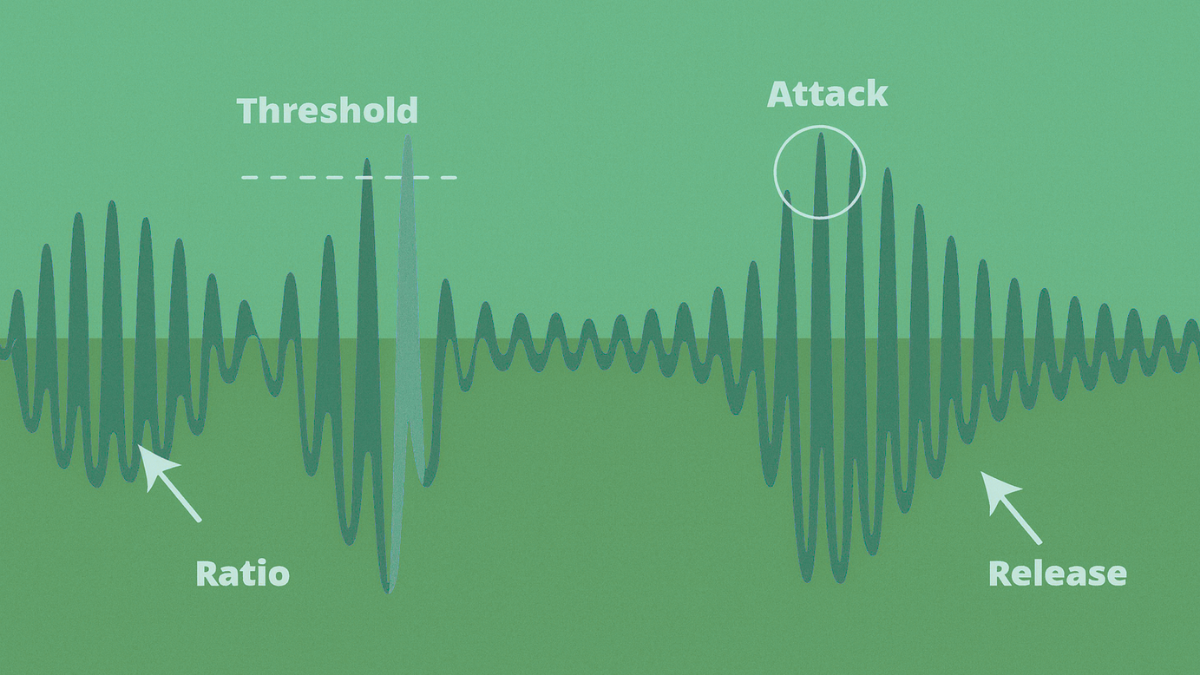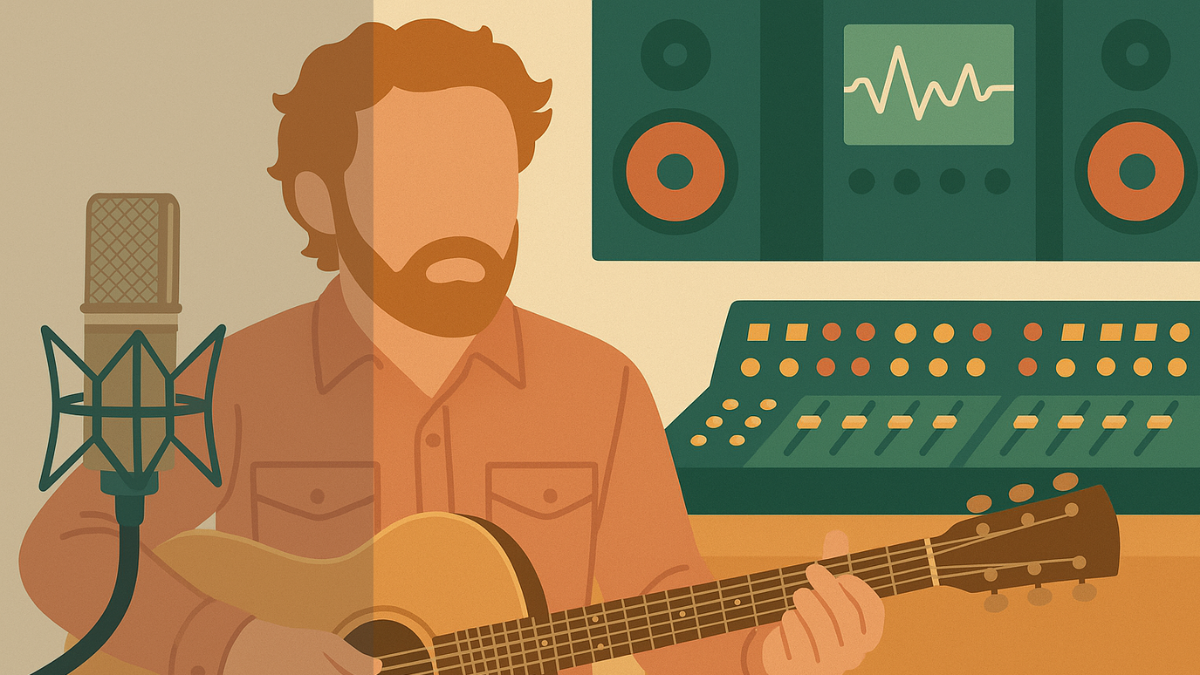How to Make a Song Sound Vintage: Four Mixing Tips that Actually Work

There are many reasons to chase a vintage sound when mixing. Perhaps you are working in a genre such as a soul or a breakbeat where a vintage sound is often appropriated as a stylistic choice. Perhaps you are working with a more 'modern' production aesthetic, but you would like to 'warm up a digital mix.
In this article, we give you our tips on how to give your mix that vintage touch!
1. Add Warmth with Hardware
There are various ways that you can add a little analog-style warmth to a track by adding a little distortion. One way to do this is to run individual parts through some analog hardware, and this needn't be particularly expensive. The valves and audio transformers in many vintage preamps are specifically designed to add warmth and character to an audio signal.
There are also now many modern preamps that aim to do the same thing at prices that won't break the bank. You don't necessarily need to use preamps either – a decent analog compressor can add some great warmth to a digital sound, and obviously, you can use it as a compressor as well, so you can squeeze a couple of applications out of one box.
2. Add Warmth with Plug-ins
If hardware is out of the question for the time being, then you can replicate some of these tricks with plug-ins as well. Running your synths through analog modeling compressors and EQs can really do a lot to warm up a tone.
There are plenty of excellent examples on the market. UAD goes to great lengths to emulate analog hardware and have some of the most accurate-sounding plug-ins around. Waves Signature Series is also worth a look, as is XLN Audio's Retro Colour. Softube's Saturation Knob is a good free option that we've written about in the past.
3. Add Colour with the Sound of Tape or Vinyl
Incorporating sounds such as tape hiss or vinyl crackles into your productions can add a warm nostalgic feel to digitally recorded tracks. UAD makes a very good tape emulation plug-in called Oxide Tape Recorder, and iZotope's Vinyl is a great free plug-in that we've written about on our blog before. You can also search out samples of vinyl or tape and layer these into your mix manually.
4. Use Mix References
If you are aiming for a retro-sounding mix and master, it is worth using reference tracks to ensure that your own track has the correct frequency profile. Some mastering tools, such as iZotope's Ozone 8, will let you import references, which the plug-in will aim to match – but you can also just perform this task yourself, using your ears and a free tool such as Voxengo's SPAN. Analyze the frequency profile of your reference, and try to match it with your own mix.
Mixes from the 1970s and earlier don't tend to contain as many of the very high frequencies or sub-bass lows that modern mixes do, and by removing some of these, you may find that your track sounds more authentically vintage.



Comment on this post on SoundGym Community